By Jifeng and Qinqi from DataWorks Team
While the AI trend is changing every aspect of our lives, AI technology is also reshaping the research and development environment of every technical position. As always, Alibaba stands in the frontline in this regard. Let's take Alibaba's frontend intelligence team as an example. It has developed Design to Code (D2C) solutions, such as Imgcook and Pipcook, a frontend algorithm engineering system, Code to Code (C2C) solutions, intelligent UI, and other capabilities. This article focuses on some practices of C2C solutions in Alibaba Cloud's Apsara Big Data Platform. Hopefully, the introduction of real-world applications can help you have a deeper understanding of frontend intelligence.
As a proud product of Alibaba Cloud, Apsara Big Data Platform encompasses the best practices in Alibaba's big data development over about ten years. It serves tens of thousands of data and algorithm engineers every day, underpins 99% of the data business development tasks of Alibaba, and supports the building of big data systems in a wide range of fields, such as intelligent cities, digital government, power supply, finance, new retail, intelligent manufacturing, and smart agriculture. The following figure shows the development history, product architecture, and frontend pages concisely.
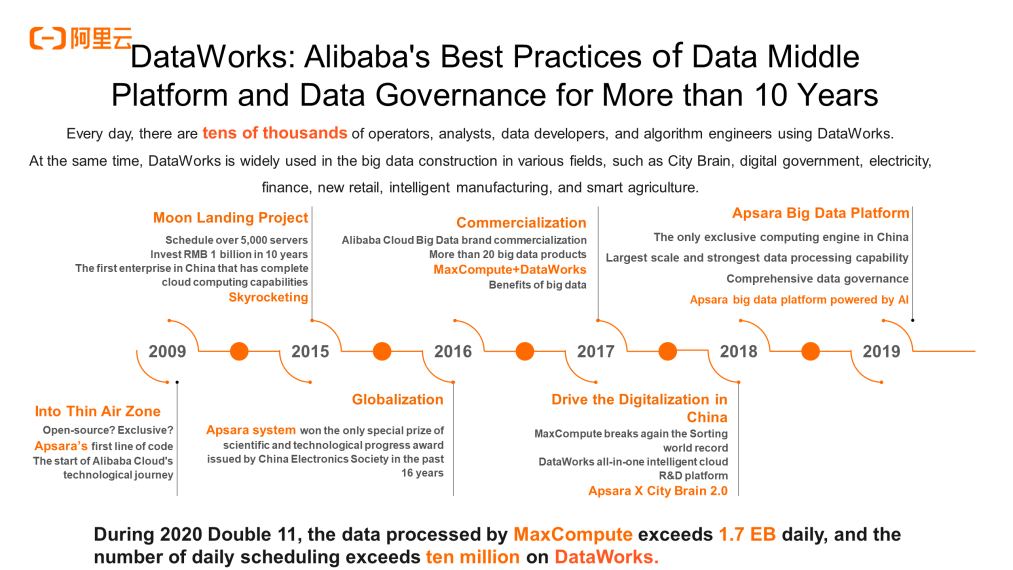
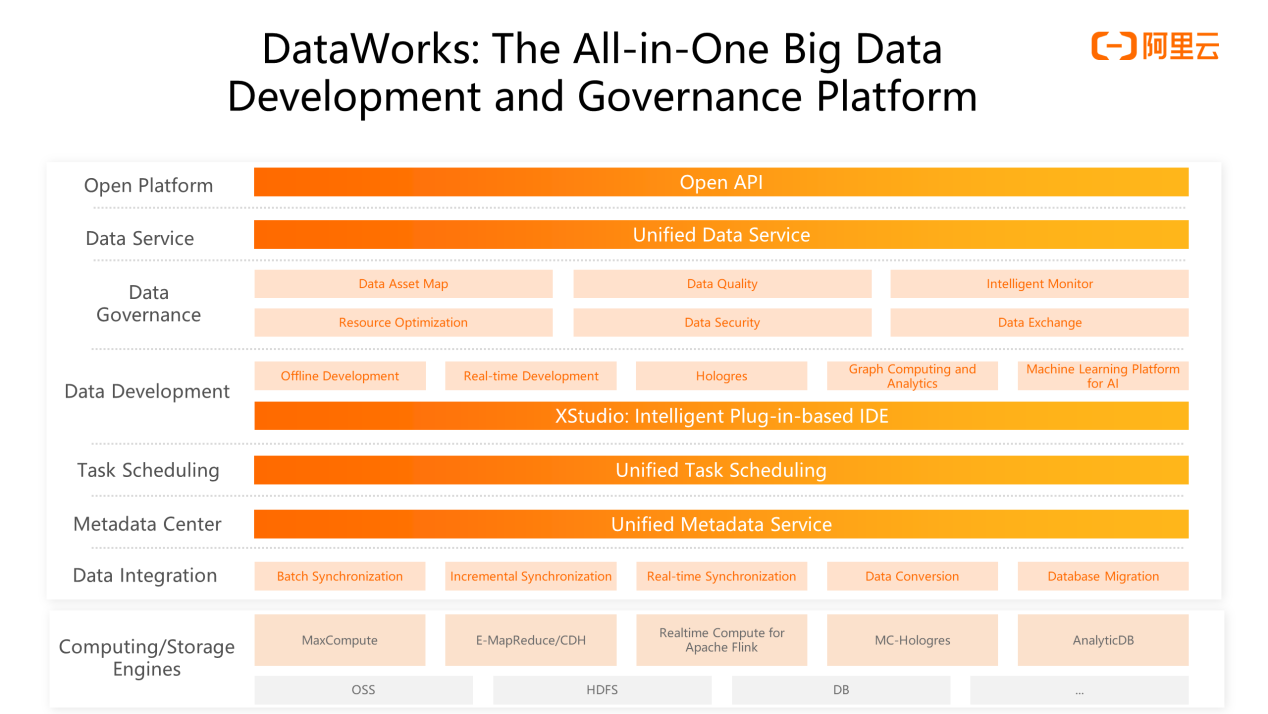
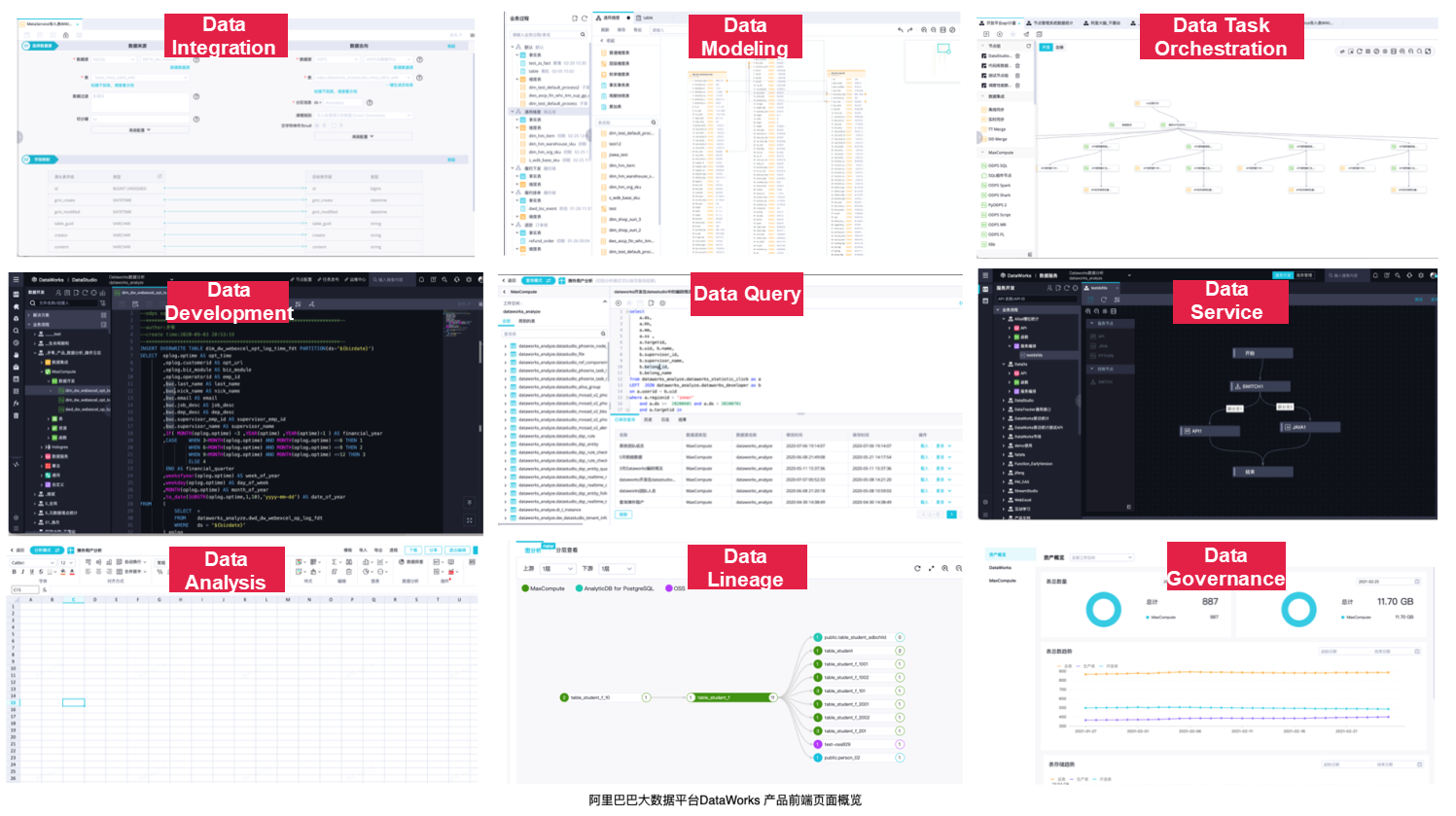
The preceding figures show some features of the frontend pages of the Apsara platform:
Besides stability, the most important thing for a research and development platform is to improve the users' efficiency. Therefore, the top priority for the intelligent frontends of our products is to boost work efficiency.
Given the business challenges, the practice of frontend intelligence solutions mainly engages two concerns:
We have made a general intelligence development plan to address these issues:
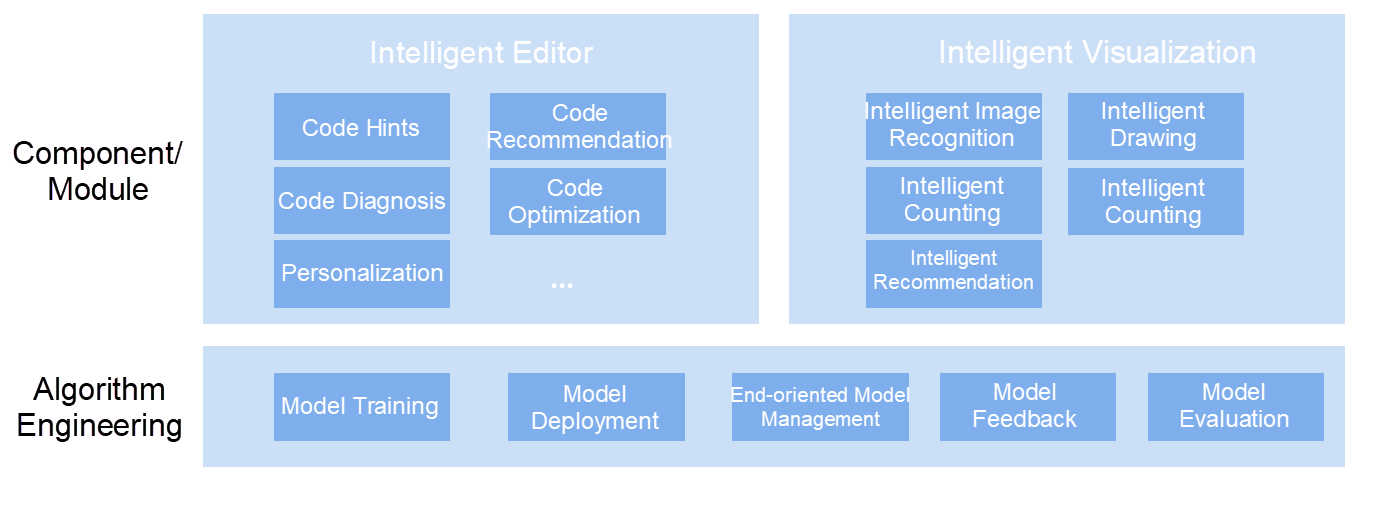
Now, let's take a closer look at the intelligent editor, intelligent visualization, and algorithm engineering, respectively.
We want to help developers explore data quickly, and the editor is one of the core tools in big data R&D. So, with the help of intelligent means, such as machine learning, we have armed the editor with more core capabilities, such as intelligent code recommendation and code diagnosis.
This feature enables the editor to suggest context-based options when you are writing a piece of code. Once you select a recommended option, the editor makes up the rest lines that you are about to input automatically. This improves the coding efficiency significantly. With the help of intelligent algorithms, we have made an intelligent model for code recommendation based on the habits of most users. Combined with the language syntax rules, it can recommend the best syntactically correct code that fits the context. The algorithms used for code recommendation are generally Language Models. Some of the popular modeling algorithms include n-gram, LSTM, GPT, and CodeGPT (a programming language-based pre-trained model of GPT.) Since users have different code styles and coding habits, a general-purpose recommendation algorithm may not be the best solution. We have created a lightweight end-oriented recommendation model inspired by Taobao's "personalized search results" mechanism, which allows code training and recommendation on a specific end to fit personal habits.
Code defects due to various causes have always been a headache for developers. If they can be found at an early stage, a lot of workforce and material resources can be saved. This is why code diagnosis was introduced. We have collected a large number of defect types and corresponding defective codes with the help of engine capabilities, various syntax rules, and code review information. After being trained with intelligent algorithms, the editor can detect code defects automatically. As to the training model, you may refer to a supervised learning model, which is typically a support vector machine (SVM).
Data lies at the very core of a big data platform, and data visualization is the best tool to bring out the characteristics and value of the data. It helps users discover the patterns of data quickly and visually, especially in data analysis scenarios.
Data profiling is the process of examining the data available from an existing information source (e.g. a database or a file) and collecting statistics or informative summaries about that data. The purpose of these statistics may be to find out whether existing data can be used for other purposes easily. (Source: Wikipedia)
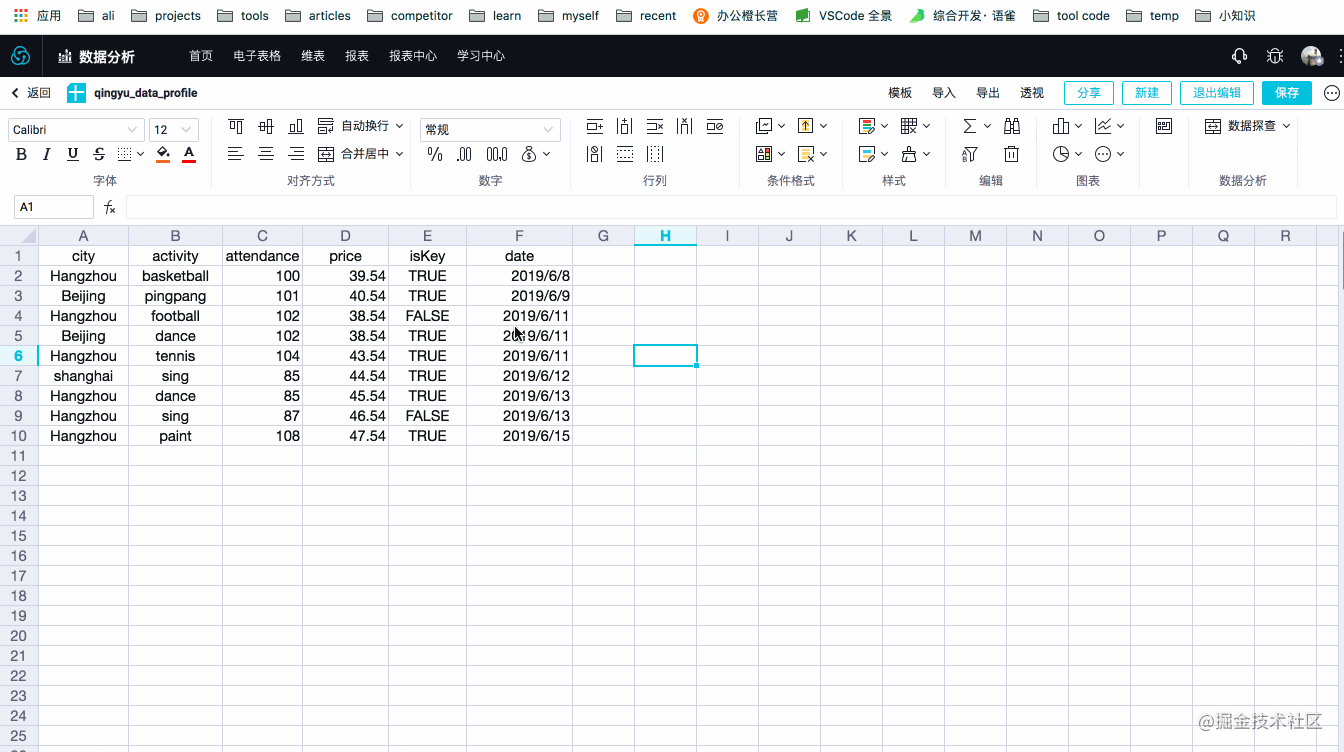
Data profiling is the process of obtaining statistics and summary information of data. The core task is to realize the automatic analysis of data types and features and automatic selection of charts. We use the Analyzer and Statistics modules of DataWizard to analyze types and basic features of fields. We recommend using the following classic decision-making chart, which provides chart recommendations based on comparison, distribution, composition, and relationships. We have encapsulated components of the entire profiling process, so you can use your profiling products.
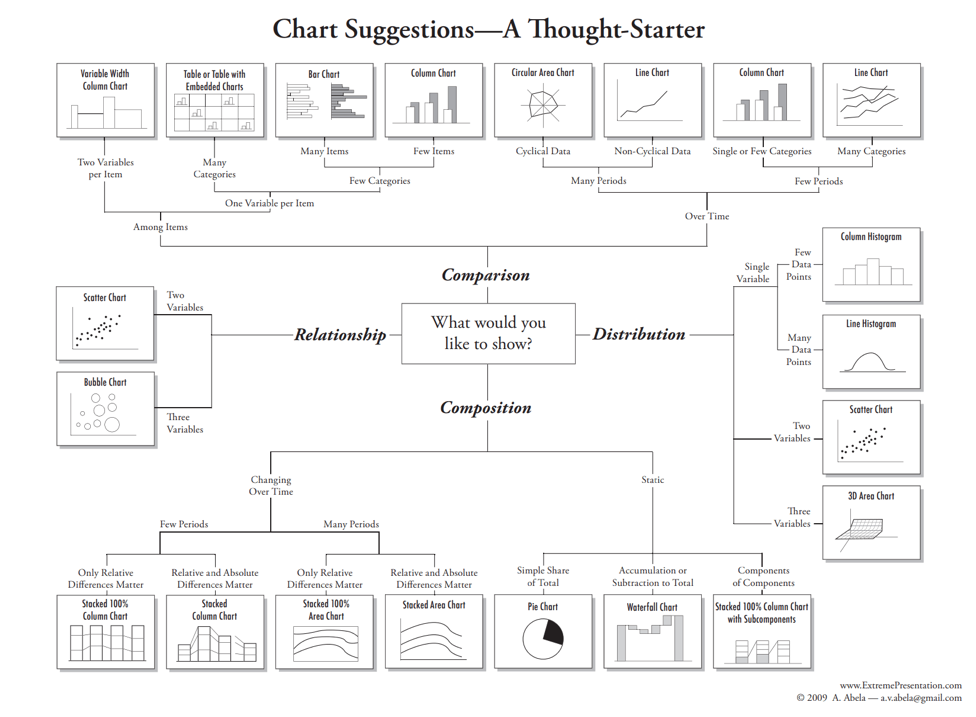
In addition, we are training intelligent models based on data-chart mapping to identify data features and recommend charts intelligently.
Thanks to Alibaba Cloud Machine Learning Platform For AI (PAI), we have built a general model training, evaluation, and deployment path for those intelligent models mentioned above.
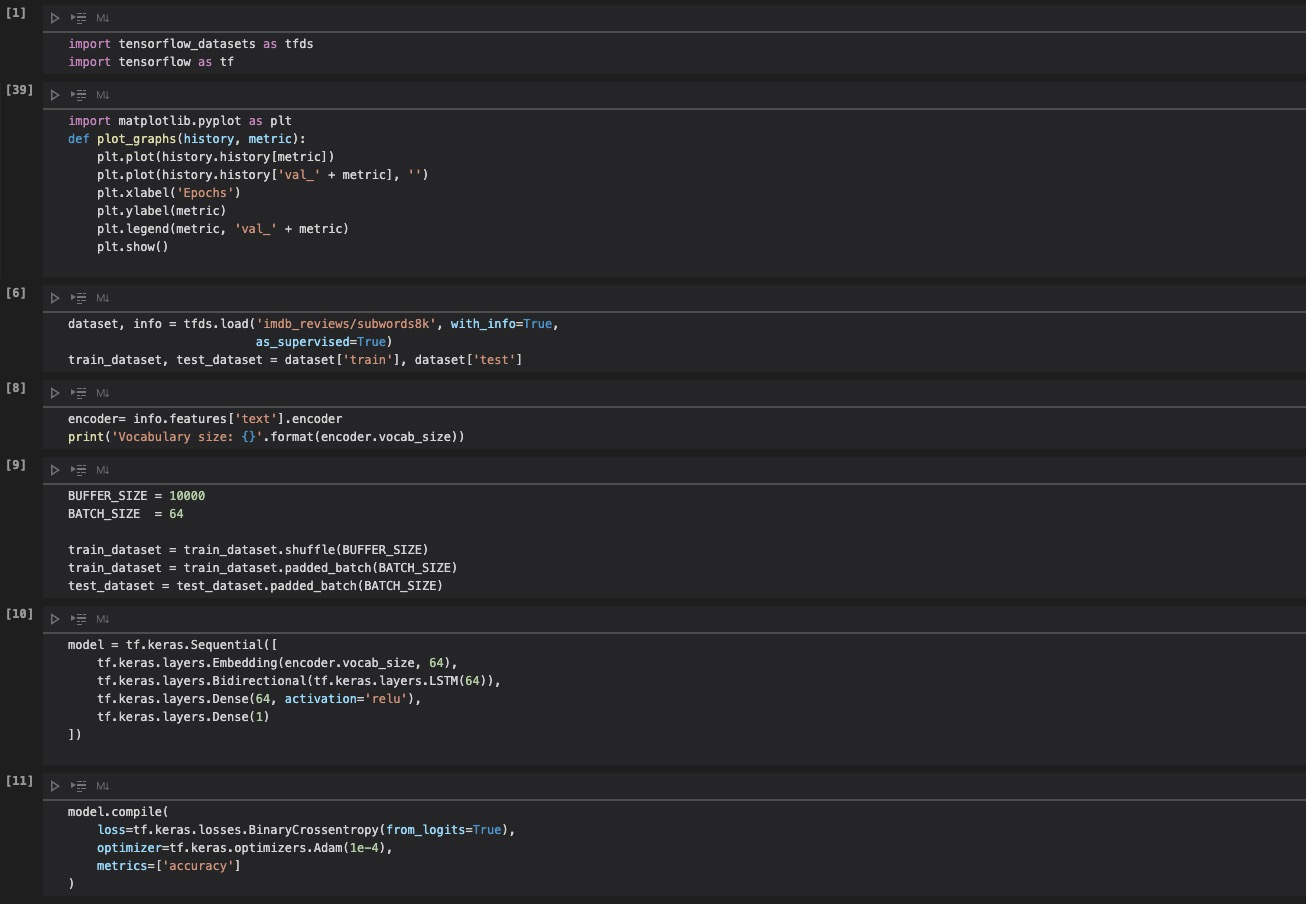
Machine learning opens another door to problem-solving. We find that many business challenges can be tackled with some methods based on machine learning. Furthermore, I believe that knowing how to leverage machine learning will be a useful skill for everyone in the future. Machine learning, like data analysis, will become more user-friendly. For example, Pipcook is a machine learning framework that comes in handy for frontend operators.
We hope more tools like this can be ready for use. Currently, Alibaba Group is pushing forward frontend intelligence in RRD to Code (P2C), D2C, and C2C businesses to solve frontend business problems through intelligent means. Are you interested in this challenge? Join us!
Low-Code/No-Code: From the Perspective of Frontend Intelligence

66 posts | 5 followers
FollowAlibaba F(x) Team - September 30, 2021
Alibaba Clouder - February 11, 2021
Alibaba Developer - July 13, 2021
SeanLiu - April 17, 2020
Alibaba Clouder - December 31, 2020
Alibaba Clouder - July 27, 2020

66 posts | 5 followers
Follow Big Data Consulting for Data Technology Solution
Big Data Consulting for Data Technology Solution
Alibaba Cloud provides big data consulting services to help enterprises leverage advanced data technology.
Learn More Big Data Consulting Services for Retail Solution
Big Data Consulting Services for Retail Solution
Alibaba Cloud experts provide retailers with a lightweight and customized big data consulting service to help you assess your big data maturity and plan your big data journey.
Learn More DataWorks
DataWorks
A secure environment for offline data development, with powerful Open APIs, to create an ecosystem for redevelopment.
Learn More ApsaraDB for HBase
ApsaraDB for HBase
ApsaraDB for HBase is a NoSQL database engine that is highly optimized and 100% compatible with the community edition of HBase.
Learn MoreMore Posts by Alibaba F(x) Team